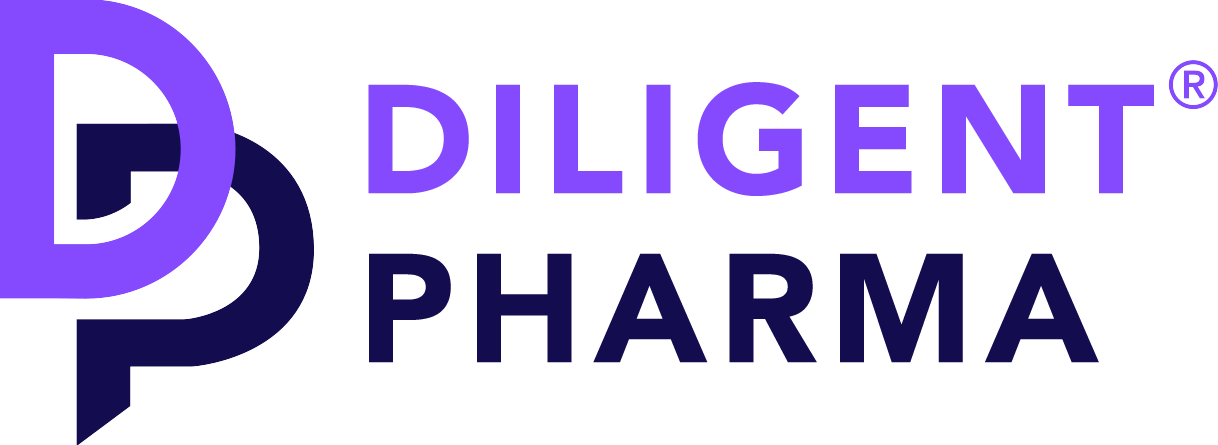Provider Qualification Assessments Shouldn’t Be Seen in Isolation
Interview with Chris Otto, President and Principal Consultant,
CR Otto Consulting LLC
Mitigate risk and manage expectations by integrating qualification assessments with ongoing provider oversight and study specific audits

Too often, qualification assessments are viewed in isolation from provider oversight and quality audits. First, the sponsor does the assessment and qualifies the provider. Next, the work is contracted and performed. Finally, a study specific audit is completed to assess work performed. By approaching these steps in isolation there is a greater likelihood of encountering problems that could have been mitigated from the start through effective planning. Chris Otto, a senior consultant with 27 years’ experience at Eli Lilly, hypothesizes that Sponsors who view this as one integrated and value-added eco-system have a higher rate of perceived successful outcomes.
“From a trial Sponsor’s perspective and frankly from a Provider’s perspective as well, you need to look at this as one continuous eco-system. There are learning cycles for continuous improvement all along the way that both the Sponsor and Provider will take away from this partnership.” shared Chris.
In their pre-work assessment, sponsors should identify observations and gaps and then there are 3 options to proceed for each risk found:
1. accept the risk,
2. ask the provider to mitigate the risk through corrective or preventative action; or
3. proceed and mitigate provider risk with enhanced oversight.
The key is to do an adequate, unbiased qualification assessment, and then make an informed decision on whether to proceed with each service provider. If they do proceed, the sponsor must have a proper plan and expectations to reduce risks. “I did a lot of industry benchmarking with a large firm and peers talking about the same providers. I theorize, in many cases, the quality of the work product that the provider gave to each of the sponsors was probably the same. The manifestation and the description of the quality of service provided by the sponsors were very variable because they either didn’t do a provider qualification accurately or do one at all. And then they were surprised because the performance of the quality of the work wasn’t good.” Chris said.
Oversight planning and risk mitigation starts with an adequate qualification assessment
“The sponsors that had the greatest level of satisfaction with the group of providers were those that did a thorough qualification assessment, understood, and were able to quantify what the gaps were, then made a conscious decision to address those gaps through enhanced oversight. The enhanced oversight mitigated risks and enabled acceptable outcomes by virtue of the fact. And they did a study specific or non-study audit. Very often, they didn’t have any surprises, because they already knew, based on the qualification, what the gaps were.”
Only by understanding the risks and having a plan to manage any gaps – based on what’s been identified in the qualification assessment – will sponsors have less fire alarms during the trial … when it is too late and they have no leverage financially or contractually to regain control.
